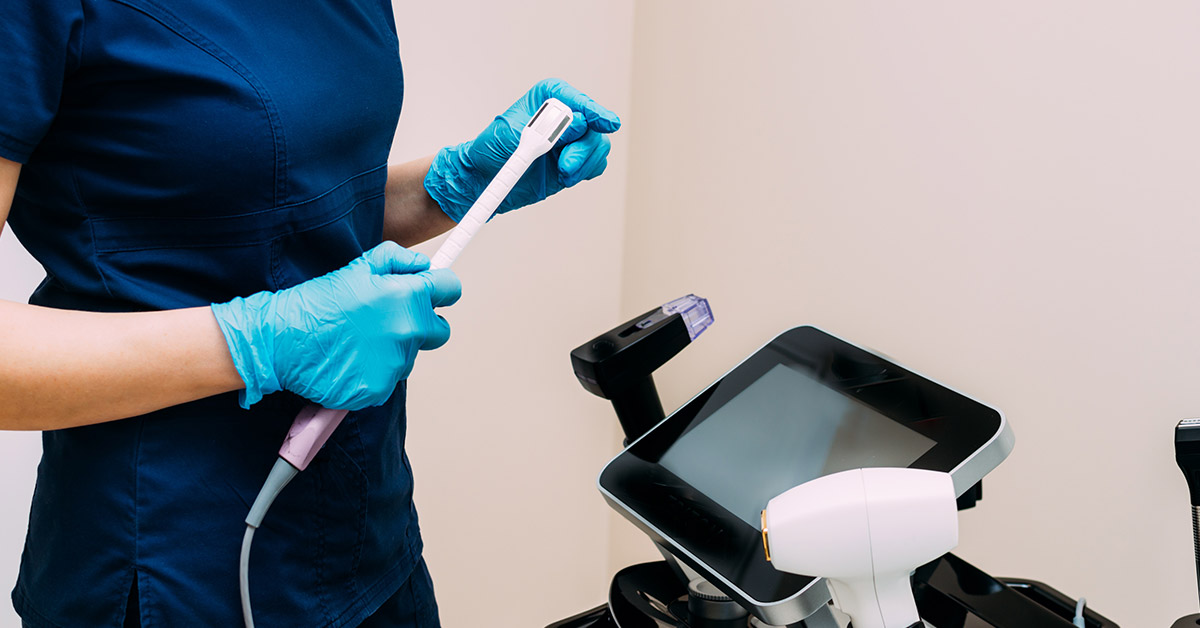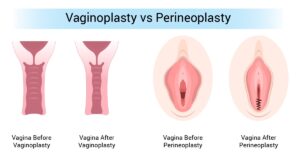The subject of vaginal rejuvenation is one which has been gaining prominence in recent times amongst both specialists and the general people. The interests revolve around ethical concerns, regulations, potential risks and mixed scientific evidence associated with the procedure/s.
The term vaginal rejuvenation encompasses a range of medical and cosmetic/aesthetic procedures (surgical or non-surgical), all aimed at enhancing and improving the aesthetics, functionality and tightness of the vaginal area.
Why Do Women Seek Vaginal Rejuvenation?
Listed below are some common reasons why women seek and undergo vaginal rejuvenation procedures;

- Vaginal Laxity: this is a condition where the vaginal tissues lose their tone and elasticity. It may occur as a result of aging, childbirth, hormonal changes and genetic predisposition. Vaginal rejuvenation can help tone the area and restore tightness.
- Sexual Satisfaction: a majority of women also seek vaginal rejuvenation because the procedures have reportedly enhanced sexual pleasure and satisfaction. Procedures like vaginoplasty lead to improved friction and sensation.
- Urinary Incontinence: Vaginal rejuvenation may be recommended for women who experience stress urinary incontinence leading to the leakage of urine on laughing, coughing, sneezing and exercising. Vaginal rejuvenation may help in strengthening the pelvic floor muscles and alleviating these symptoms.
- Cosmetic Reasons: Some women may seek vaginal rejuvenation to improve aesthetic appearance (e.g improving the appearance of the labia).
- Some other possible reasons for women seeking vaginal rejuvenation include pain during sex (dyspareunia), excessive vaginal dryness, and decreased libido.

Benefits of Vaginal Rejuvenation
It is essential to understand that the suitability and outcomes of vaginal rejuvenation can differ significantly from one person to another, and not everyone will experience the same benefits.
The following are potential benefits ascribed to vaginal rejuvenation procedures:
- Correction of anatomical challenges;
- Alleviation of issues associated with stress urinary incontinence;
- Treatment of vaginal dryness;
- Boosted self-esteem and confidence;
- Enhanced sexual satisfaction.
Who is Eligible for Vaginal Rejuvenation?
Ideal candidates for vaginal rejuvenation include;

- A well-informed candidate who has been counselled on the potential risks, benefits and alternatives and thereafter provides informed consent
- Candidates aged 18 years and above; individuals less than 18 years of age are not usually considered for vaginal rejuvenation procedures because their genitalia is still developing. The American College of Obstetricians and Gynecologists advises that vaginal rejuvenation procedures should only be done in minors with congenital genital malformation or those with persistent symptoms directly related to the labia structure. Similarly, adults undergoing these procedures should also be emotionally and psychologically mature to make informed decisions and have realistic expectations. They must be equipped to understand the risks, benefits and possible outcomes of the procedure.
- Candidates who are not pregnant or planning to get pregnant anytime soon. It is advisable to postpone vaginal rejuvenation procedures during this period as pregnancy can impact the results.
- Candidates should generally be in good physical and mental health before undergoing vaginal rejuvenation. In some cases, a thorough mental evaluation is carried out before embarking on vaginal rejuvenation.
- All candidates embarking on vaginal rejuvenation must have been counselled and have realistic expectations of the possible outcome of the procedure.
Types of Vaginal Rejuvenation Procedures
Vaginal rejuvenation encompasses various types of procedures and treatments, each geared towards addressing specific concerns of potential clients. These procedures can be broadly grouped into two categories: surgical and non-surgical vaginal rejuvenation.
Surgical or Minimally Invasive Vaginal Rejuvenation:
- Vaginoplasty: This is a surgical procedure aimed at tightening and repairing the vaginal canal and perineal muscles, primarily conducted to alleviate vaginal laxity and enhance sexual function.
- Labiaplasty: This is a surgical procedure for addressing functional or cosmetic concerns of women regarding their labia. It does this by modifying the size or shape of the labia minora or labia majora.
- Perineoplasty: This is a surgical procedure that targets the region between the vaginal opening and the anus, known as the perineum. Its goal is to repair and tighten this area, thereby addressing concerns related to vaginal laxity and potentially improving sexual satisfaction.
- Monsplasty: Also known as mons pubis reduction surgery, this is a cosmetic surgical procedure designed to reshape or decrease the size of the mons pubis. The mons pubis is the fatty, rounded area of tissue situated above the pubic bone and below the lower abdomen.
- Clitoral Hood Reduction: Also known as clitoral hoodectomy or clitoral hoodolasty, this is a surgical procedure designed to decrease the surplus tissue that covers the clitoral hood.
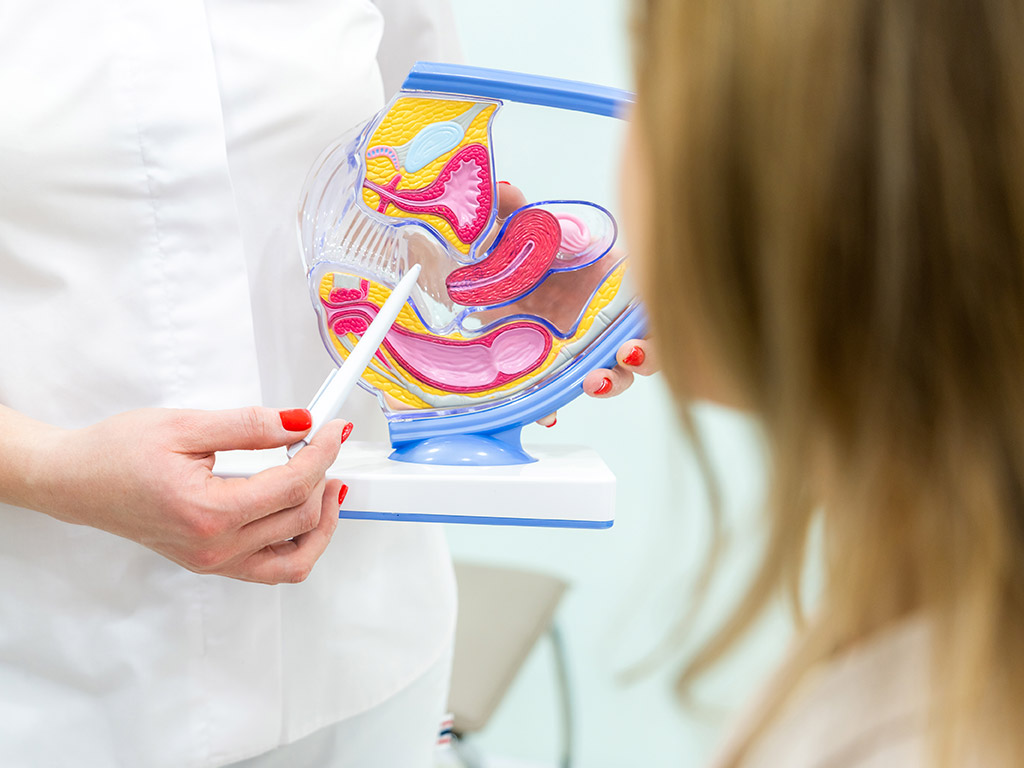
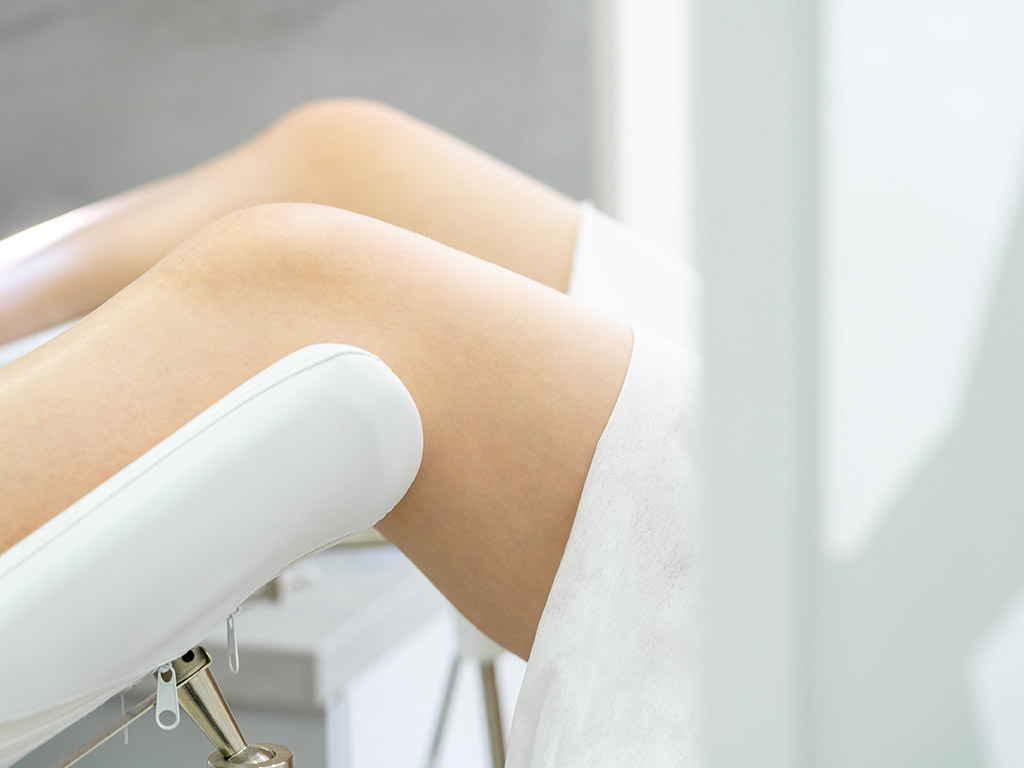
Non-Surgical Vaginal Rejuvenation
- Radiofrequency Treatment: This non-surgical and non-invasive procedure uses radiofrequency energy to heat the vaginal tissues, thereby increasing blood flow and stimulating collagen production, thereby tightening vaginal tissues, improving laxity and addressing urinary incontinence. ThermiVa, Viveve, and Emsella are some recognized radiofrequency treatments.
- Laser Treatment: This employs the use of non-surgical laser technology to heat up and rejuvenate the vaginal tissues. It does so by stimulating collagen production, tightening the vaginal canal, and enhancing moisture levels, thereby making the skin firmer and tighter. FemiLift, MonaLisa Touch, and FemTouch are the most preferred laser vaginal tightening treatments.
- O-Shot (Orgasm Shot): This non-surgical, minimally invasive procedure involves the injection of growth factors into vaginal tissues. This procedure is purported to enhance sexual pleasure, alleviate dryness by improving lubrication, and potentially address issues related to urinary incontinence.
- Topical Hormone Therapy: Topical hormonal creams like estrogen-containing creams, can help alleviate symptoms of vaginal dryness and atrophy. These creams are commonly prescribed to post-menopausal women and can be used after childbirth.
- Hybrid Approach: This involves the combination of 2 or more non-surgical procedures for vaginal rejuvenation. A common example is the combination of laser therapy followed by injecting growth factors to provide and offer comprehensive vaginal rejuvenation.
Procedure for Vaginal Rejuvenation
An overview of the step-by-step procedures that may be involved in carrying out a vaginal rejuvenation include:
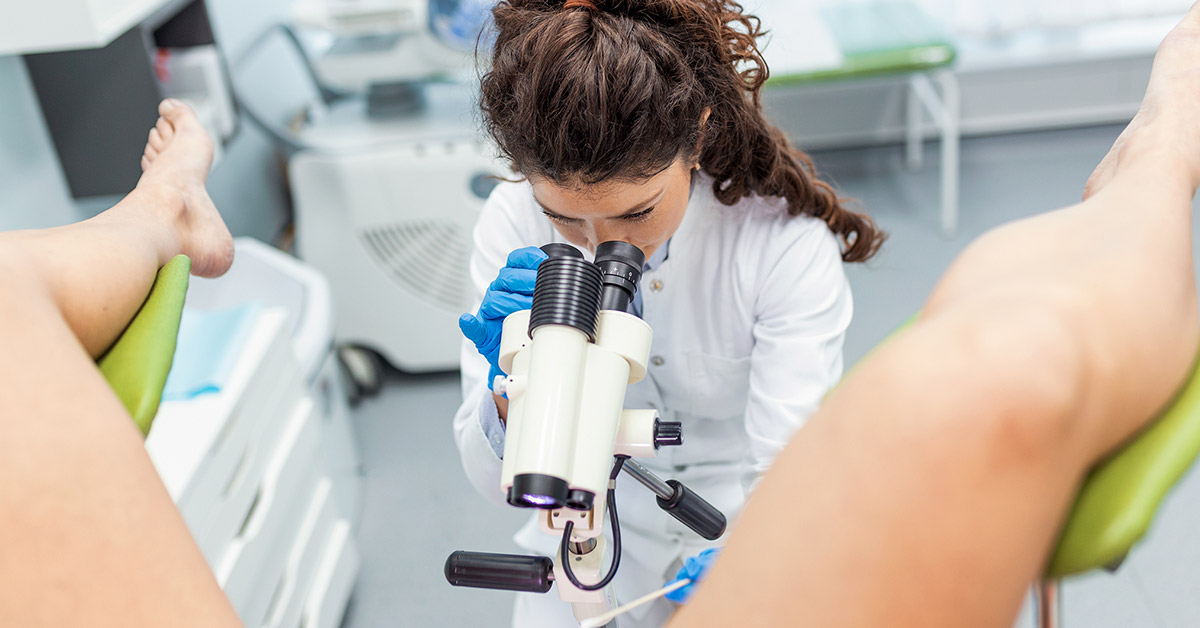
1. Consultation
The first step for anyone thinking of a vaginal rejuvenation procedure is to schedule a consultation with a skilled, certified gynecologist or plastic surgeon specializing in vaginal rejuvenation.
2. Evaluation
On evaluation, the doctor will obtain a detailed report where your symptoms, concerns, goals, expectations and medical history will be discussed in-depth. He will also conduct a thorough examination of the perineum to determine which complementary procedures may be suitable to meet expectations.
3. Decision on the type of procedure to be performed (surgical vs. non-surgical)
4. Preoperative preparations
For surgical vaginal rejuvenation, the doctor will provide several instructions which may include an overnight fast, hygienic practices such as shaving the surgical area, avoiding performing the procedure while menstruating, medication adjustment, photographs of the vulva before the procedure, and preoperative antibiotics.
For non-surgical or minimally invasive vaginal rejuvenation, preoperative preparations are not as stringent. These procedures are usually performed as an outpatient procedure in the clinic.
5. The Procedure
The specific procedure performed will vary depending on a patient’s specific need and chosen treatment option. Most vaginal rejuvenation surgeries last 1-2 hours and are performed under anesthesia (general, regional or local). Once anesthesia is given, the surgeon makes incisions on the vulva or vagina and surrounding tissues and muscles. The type of incision made depends on the type of procedure being performed, after which the incisions are closed with absorbable stitches.
Non-surgical vaginal rejuvenation procedures last anywhere from 5-30 mins; it is painless and requires no anesthesia. However, the surgeon may provide a topical anesthetic if discomfort occurs. The surgeon inserts a probe into the vagina or guides it over the desired site in this procedure. This probe heats up the tissues and provides the desired effect.
6. Recovery
After the procedure, you will need time to recover. You will also need to follow several instructions, which include refraining from sexual activities for 4-6 weeks, avoiding inserting tampons, keeping the area clean and dry, and using squirt bottles after voiding and ice packs to reduce edema.
7. Results
Full results may take weeks to months before they become apparent. It is essential to be patient and follow your doctor’s instructions during recovery to aid optimal outcomes.
Complications Associated With the Vaginal Rejuvenation Procedure
If the vaginal rejuvenation procedure is not performed correctly or by an expert, certain complications may occur, some of which are listed below.

- It is common to experience pain, swelling, discomfort and bruising after the procedure.
- There is a risk of developing an infection following a vaginal rejuvenation procedure.
- Sexual dysfunction, e.g. decreased libido, dyspareunia, altered sensation around the genitals.
- The procedure can result in injury to contiguous structures such as the bladder, urethra and even the rectum.
- Procedures that involve the use of medications, e.g. (anesthetics), or injectables, may be associated with allergic reactions which can be life-threatening.
- Unsatisfactory results.
- Scarring; vaginal rejuvenation, especially those involving surgical procedures, may lead to scar formation, which may even worsen symptoms.
Before embarking on any of these procedures, it’s important to be aware of these risks/complications and discuss them with your healthcare provider.
Does Vaginal Rejuvenation Really Work?
The effectiveness of vaginal rejuvenation procedures can vary depending on the specific treatment and individual circumstances. It’s essential to approach these procedures with caution and consult with a qualified medical professional who specializes in women’s health and is experienced in this field.
If as a woman, you feel you may need vaginal rejuvenation for whatever reason, you can visit Labiaplasty NYC where a team of specialists are available to help you in choosing the most appropriate procedure that will provide satisfactory results.

Cost of Vaginal Rejuvenation
The cost of vaginal rejuvenation varies significantly based on several factors. These include the specific procedure chosen, geographical location, the expertise of the surgeon, the extent of treatment needed, and insurance coverage. Generally, vaginal rejuvenation is often considered a cosmetic procedure and is not covered by health insurance unless deemed medically necessary.

For surgical procedures such as vaginoplasty, Labiaplasty and clitoral hood reduction, the cost typically ranges from $4,000 to $10,000 or potentially more; this cost encompasses various expenses, including surgeon fees, anesthesia, operating facility charges, and postoperative care.
Non-surgical options e.g. Laser or radio frequency treatments are generally more affordable than surgical procedures. However, multiple sessions may be required to achieve the desired results. Schedule an appointment today and know the estimate for your procedure.
It’s important to remember that the cost can vary widely depending on individual circumstances, so it’s advisable to consult with a healthcare provider for a precise estimate based on your specific needs and location. Additionally, it’s essential to thoroughly research and choose a qualified and experienced practitioner for any vaginal rejuvenation procedure.
Conclusion
Since vaginal rejuvenation is a highly personal choice, women contemplating such procedures should carefully evaluate the potential benefits, associated risks, and costs. Transparent and open conversations with a healthcare provider are crucial for making an informed decision.
Once the decision is reached, it’s worth noting that the safety and effectiveness of vaginal rejuvenation can vary depending on the specific method used and the expertise of the healthcare professional performing it. Surgical procedures may carry more risks compared to non-surgical alternatives.
Emphasizing the importance of selecting a skilled healthcare provider in this specialized field is essential. This step greatly reduces the likelihood of unsatisfactory outcomes and complications.
References
- Sawan, Dana Dr. “Clitoral Hood Reduction.” Drdanasawan.Com, drdanasawan.com/en_us/clitoral-hood-reduction/. Accessed 25 Jan. 2023
- Nasser, Alia Dr. “Labiaplasty in Sydney/Vaginal Rejuvenation Surgery.” Vervecosmeticclinic.Com.Au, 13 Apr. 2015, www.vervecosmeticclinic.com.au/treatments/labiaplasty/. Accessed 25 Jan. 2023
- Mahmoud,Ammar Dr. “Vaginoplasty”. https://nj.labiaplastyvaginoplasty.com/vaginal-rejuvenation-new-jersey-before-after-photos/. Accessed 8 Sept. 2023
